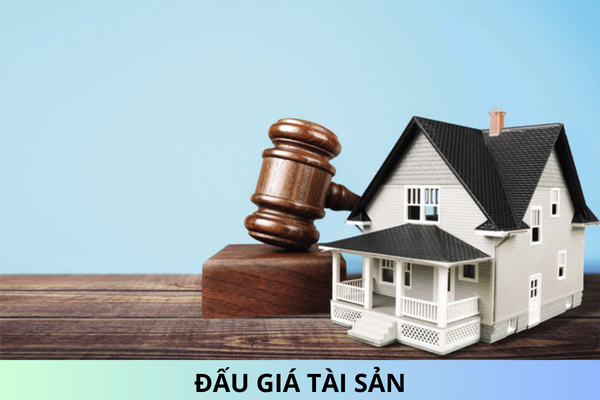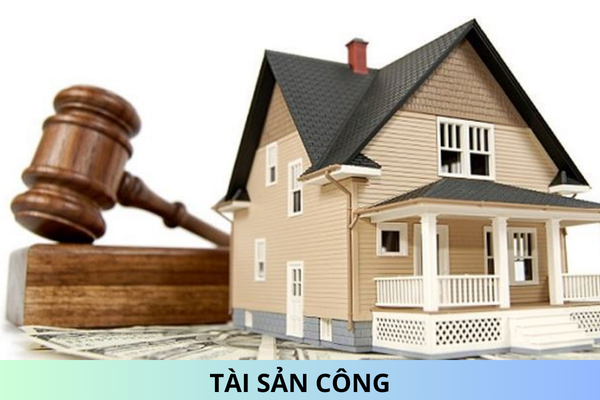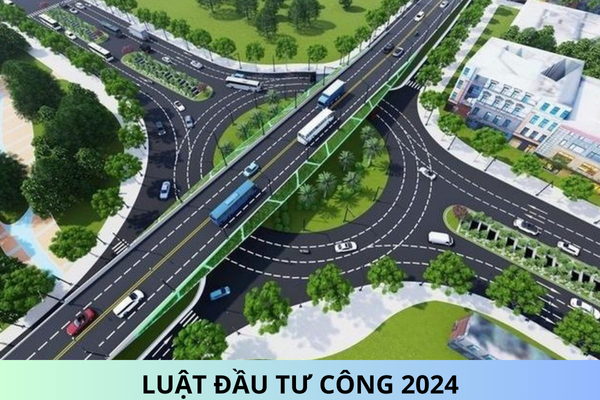How to valuate real property which is land in Vietnam?
How to valuate real property which is land in Vietnam? What are methods for valuation of residential houses in Vietnam?
How to valuate real property which is land in Vietnam?
Pursuant to Point 5, Section II of the Vietnam’s Valuation Standard No. 11 issued together with the Circular 145/2016/TT-BTC stipulating valuation of real property which is land as follows:
a) Applied valuation methods:
- Comparative method;
- Extraction method;
- Direct capitalization method;
- Discounted cash flow method;
- Residual method.
Specific contents of the comparative method, direct capitalization method, and discounted cash flow method are prescribed in the Vietnam’s Valuation Standards by Ministry of Finance. The extraction method and residual method are prescribed in Point 3 and Point 4 of this Section.
b) Cases of application:
The comparative method is used to determine the value of the land use right of the land plot in case information about transactions of land plots having similar features with the subject land plot is available.
The extraction method is used to value the land use right of the vacant land plot in case only information about transactions of land plots with properties on land which have similar features with the subject land plot is available but the information about transactions of similar vacant land plots is not enough.
The direct capitalization method and the discounted cash flow method are used to determine the value of the land use right of the land plot that generates income for land user.
The residual method is used to determine the value of the real property with development potential, particularly vacant land for construction or land with buildings on land which may be improved or demolished to construct new buildings with the aim of ensuring the highest and best use of land.
What are methods for valuation of residential houses in Vietnam?
Pursuant to Point 6 Section II of the Vietnam’s Valuation Standard No. 11 issued together with the Circular 145/2016/TT-BTC stipulating valuation of residential houses in Vietnam as follows:
a) Residential houses prescribed in this Standard are defined as properties that are available for occupation and serving daily activities of families or individuals for non-business purposes, including apartment buildings and detached houses (such as single-detached villas, semi-detached villas, luxury villas, townhouses, terraced houses with garden, traditional rural houses).
- Primary valuation methods: Comparative method, substitute cost method, and replacement cost method.
- Cases of application:
The comparative method is used to determine the value of a residential house located in a crowded residential area when the valuer can collect information about similar real property on the market.
The substitute cost method or the replacement cost method is usually used in combination with the comparative method. To be specific: With regard to vacant land, the valuer shall use the comparative method to value the land use right and the substitute cost method or the replacement cost method to determine the value of the building on land which is residential house.
b) Commercial houses prescribed in this Standard are defined as properties which are invested and constructed for the purpose of occupation in combination with business, lease or lease purchase, including types of residential houses prescribed in paragraph a of this point and tourist villas.
- Primary valuation methods: Direct capitalization method, discounted cash flow method, comparative method, substitute cost method or replacement cost method (used in case of comparison).
- Cases of application:
The direct capitalization method and the discounted cash flow method are used to determine the value of the real property which is commercial house.
The comparative method is used to determine the value of a commercial house located in a crowded residential area or crowded commercial area when the valuer can collect information about similar real property on the market.
The substitute cost method or the replacement cost method is usually used in combination with the comparative method. To be specific: With regard to vacant land, the valuer shall use the comparative method to value the land use right and the substitute cost method or the replacement cost method to determine the value of the building on land which is residential house.
Best regards!










